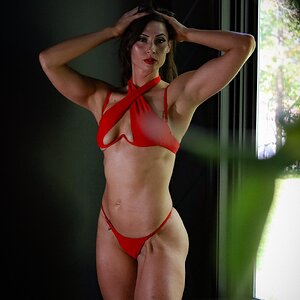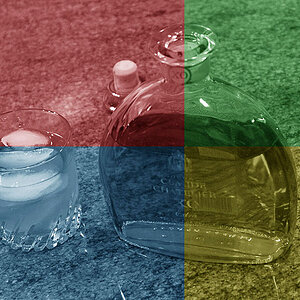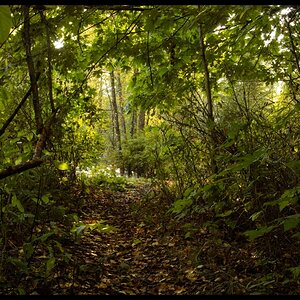jamesino
TPF Noob!
- Joined
- Dec 9, 2007
- Messages
- 115
- Reaction score
- 0
- Can others edit my Photos
- Photos OK to edit
If I am shooting in RAW with a Rebel XTi and processing the photos for online viewing only- no printing- should I be using sRGB or Adobe RGB colorspace in ACR 4.5?
As well, should I be using 8-bit or 16-bit colourspace in ACR?
As well, should I be using 8-bit or 16-bit colourspace in ACR?


![[No title]](/data/xfmg/thumbnail/37/37109-62e1b65e6f8bd2a349250acd6d653f1e.jpg?1619737882)
![[No title]](/data/xfmg/thumbnail/32/32708-c55da623febe9d91efe5f28aa54c3090.jpg?1619735612)
![[No title]](/data/xfmg/thumbnail/34/34042-f37784c4a5db3d0cf34059cad22b288c.jpg?1619736251)
![[No title]](/data/xfmg/thumbnail/38/38293-15e3a85f038b239e3c60bf9f38f5d56c.jpg?1619738563)
![[No title]](/data/xfmg/thumbnail/38/38294-cb4a5aa0ded725d4c694e6eebe276f0d.jpg?1619738564)





